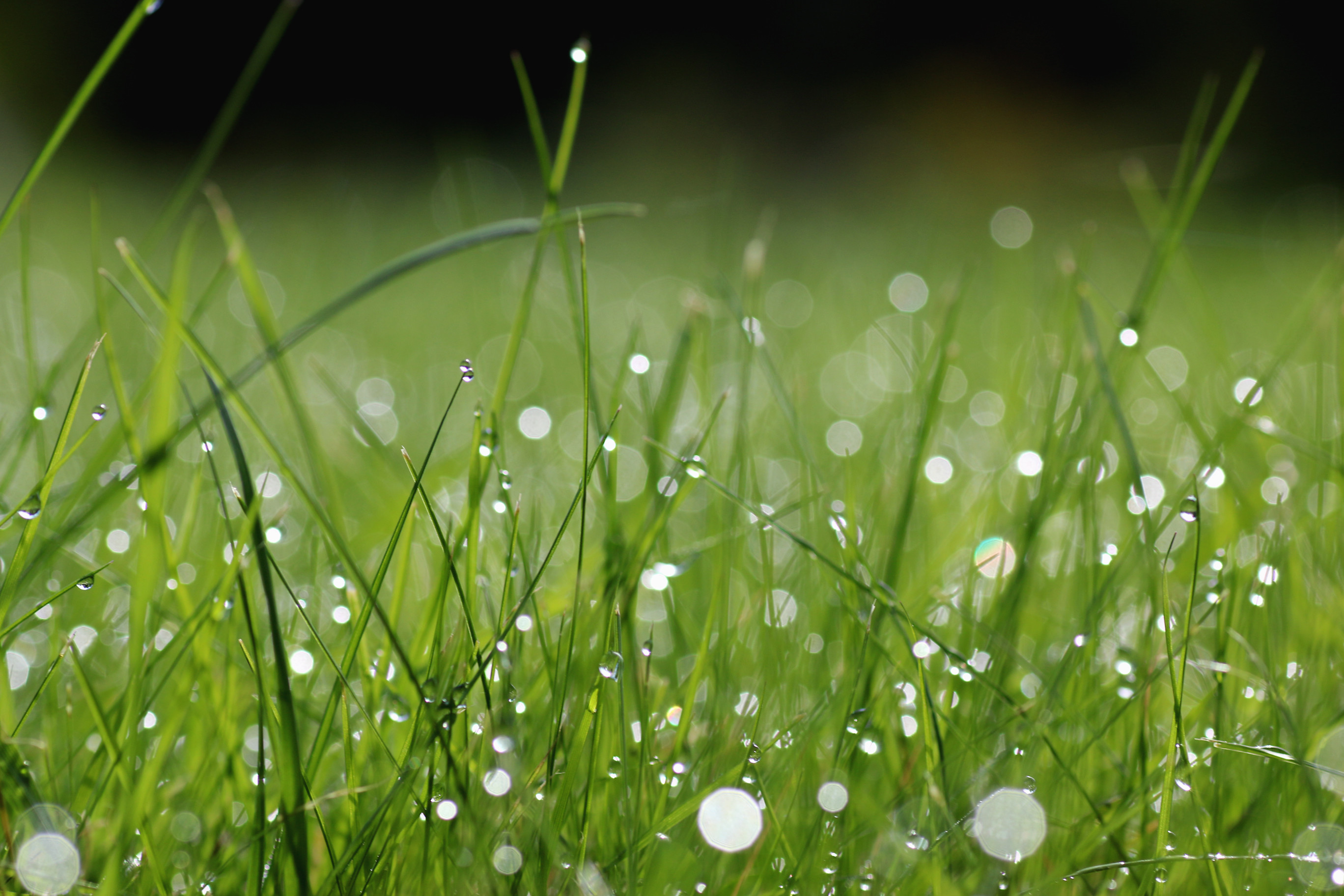Although planing to kill your grass is probably not on your agenda for the weekend, here are five sure fire ways to make sure you do it right. You only have to choose one method but if you really want to get it done and have several thousand to spend on a new sod after you kill your grass then combine a few of your favorites and have at it.
WATER, WATER, and not enough WATER. If you really want to kill your grass do it using water, then apply more than 3/4 of an inch of water during one watering and do it more than three times a week. In fact, go outside and make sure your rain censor is broken and you are watering while its raining or right after it rains. Then if the blades of grass are still open instead of folded water it again. This will not only encourage fungus growth but also take all root rot which will have your sod lawn decaying in no time. Black and tan is in, no mater what your HOA says. In the Winter, don’t adjust you irrigation clock to water less just shut it off, so now your sod lawn will stress from the cold as well as from lack of water. When the leaf blades fold in half, ignore it, the lawn grass should quickly go dormant, turn brown and not recover in the Spring.
FERTALIZE the MANURE OUT OF IT. Nothing says chemical burn and water contamination like too much nitrogen. You should apply way more than 1 pound per 1000 square feet of sod grass, and as with everything, timing is important. Don’t wait until Spring after the last freeze do it in December or January when the sod grass is dormant and not growing to kill your grass. You’ll be the envy of all your neighbors as your sod grass turns those festive fall colors of oranges and yellows. Or hey, why fertilize at all. Be the only one on your block whose sod goes from green, to light green, to yellow to brown because you’re using the fertilizer without iron or none at all.
WEEDS ARE PLANTS TOO. You just want it green. It could be Crab Grass, Blue Grass, Nut Sedge, Goose Grass or Dalisgrass, no need for a preemergent herbicide so who really needs a spray company, not you. If you really like the look of broadleafs like Spurge, Oxalis, Dandelion, Clover no need for a postemergent herbicide like 2-DP or 4-M. Your sod grass will be replaced by the lusciousness of these amazing bloomers just in time for Spring. Who doesn’t like blowing seeds into the wind while making wishes? Maybe you’re wishing to kill your grass?
MOW, MOW, MOW. You’re busy, we get it and some things just get neglected and that sod lawn is no exception. So who cares the HOA is leaving nasty emails and stickers on the door. It can go one more week and then cut more than a third of the blade off at one time. In fact, if you have St. Augustine grass sod, cut it on your mowers lowest blade height, way less than 4 1/2 inches. And when it’s cold, no matter what type of sod grass you have, cut it all the time, every week in fact.
INSECTS ARE OUR FRIENDS. AWWWWWW you have hundreds of little grey moths fluttering at you feet when you walk through your sod grass. Sod webworm caterpillars are feasting at your front door, no need for insecticides or introducing a natural predator. You’ll have brown patches all over your sod lawn in no time. Just tell the HOA manicured is out, you’re going for the more organic look. Chinch bugs, ground pearls, spittlebugs, grass mites, mole crickets, white grubs, armyworms, grass loopers and billbugs are all delighted and eager to enjoy the smorgasbord you’ve laid out in your front lawn.
Mission accomplished……………








